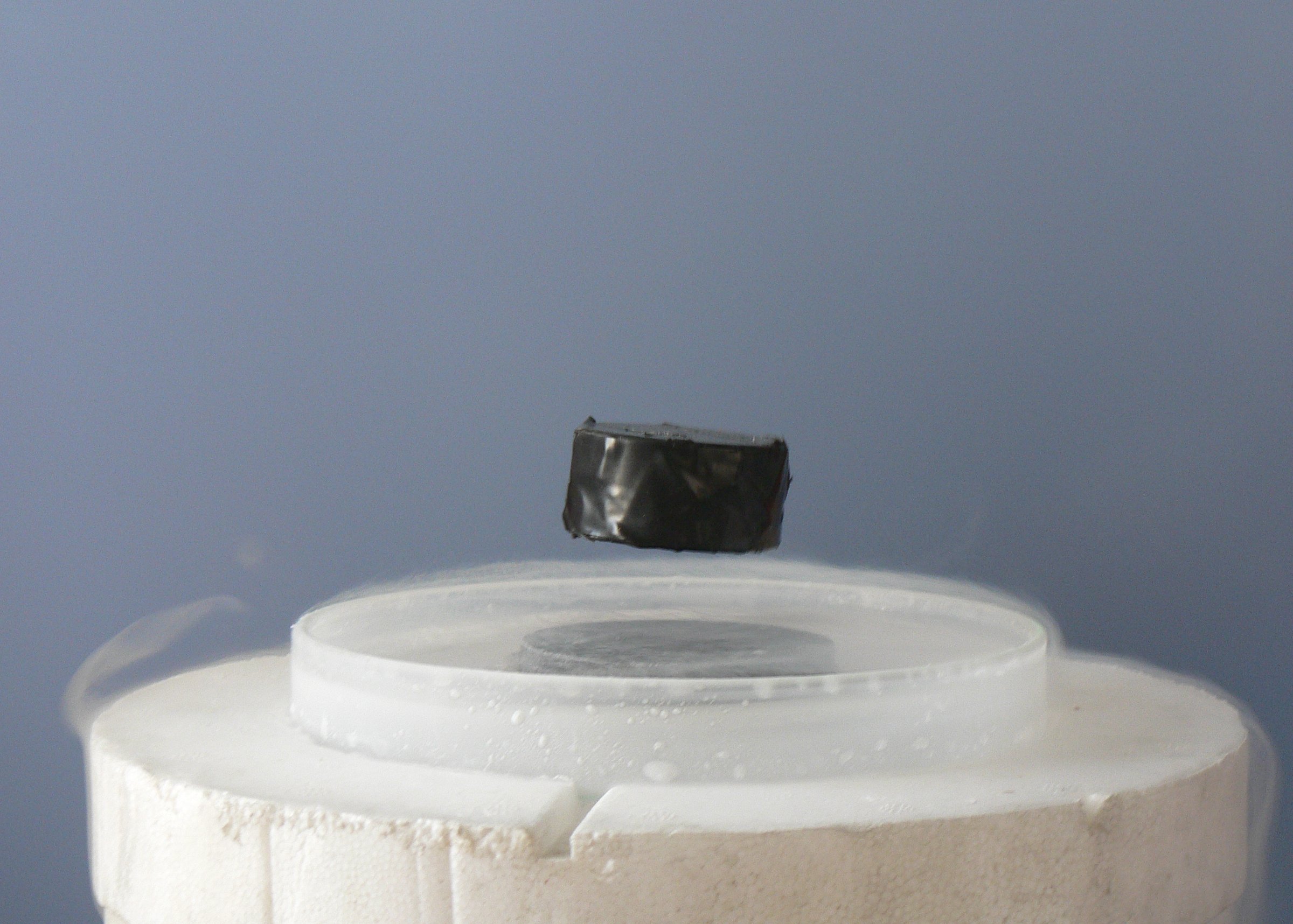Practical applications of Superconductors
- Introduction to Superconductors
- Different Types of Superconductors
- Quantum Mechanics
- Synthesis and Fabrication of Superconductors
- Superconductors and Electronics
- Superconductivity and Energy
- Innovation and the Future of Superconductors
- Reflection and Discussion
Introduction to Superconductors
Properties of Superconductors

Electrical conductivity with exactly zero resistance.
Superconductors are materials that can conduct electricity without resistance when cooled below a certain temperature, known as the critical temperature. This unique property has the potential to revolutionize many areas of technology, from power transmission to computing. In this article, we will explore the key properties of superconductors.
Perfect Diamagnetism and the Expulsion of Magnetic Fields
One of the defining characteristics of a superconductor is its perfect diamagnetism. This means that when a material becomes superconducting, it will expel all magnetic fields from its interior, a phenomenon known as the Meissner effect. This is in stark contrast to normal conductors, which will allow a magnetic field to penetrate their interior.
The Meissner effect is a direct result of the zero electrical resistance in superconductors. When a magnetic field is applied to a superconductor, it induces currents on the surface of the material. These currents then generate a magnetic field that exactly cancels out the applied field, resulting in the expulsion of the magnetic field from the interior of the superconductor.
Critical Temperature and Critical Magnetic Field
Every superconductor has a critical temperature, above which it loses its superconducting properties. This temperature is different for every material and is one of the key factors in determining the practicality of a superconductor for a particular application.
Similarly, every superconductor also has a critical magnetic field. If the applied magnetic field exceeds this critical value, the material will revert to a normal conducting state, even if it is below its critical temperature.
The Phenomenon of Persistent Currents
Another fascinating property of superconductors is the phenomenon of persistent currents. If a current is started in a superconducting loop, it will continue to flow indefinitely, even without an applied voltage. This is again due to the zero electrical resistance in superconductors.
The London Equations
The London equations, proposed by brothers Fritz and Heinz London, are two mathematical equations that describe the electromagnetic properties of superconductors. They provide a simple and elegant explanation for the Meissner effect and the phenomenon of persistent currents.
In conclusion, the properties of superconductors make them a fascinating subject of study. Their perfect diamagnetism, critical temperature and magnetic field, and the phenomenon of persistent currents all contribute to their potential for revolutionizing many areas of technology.